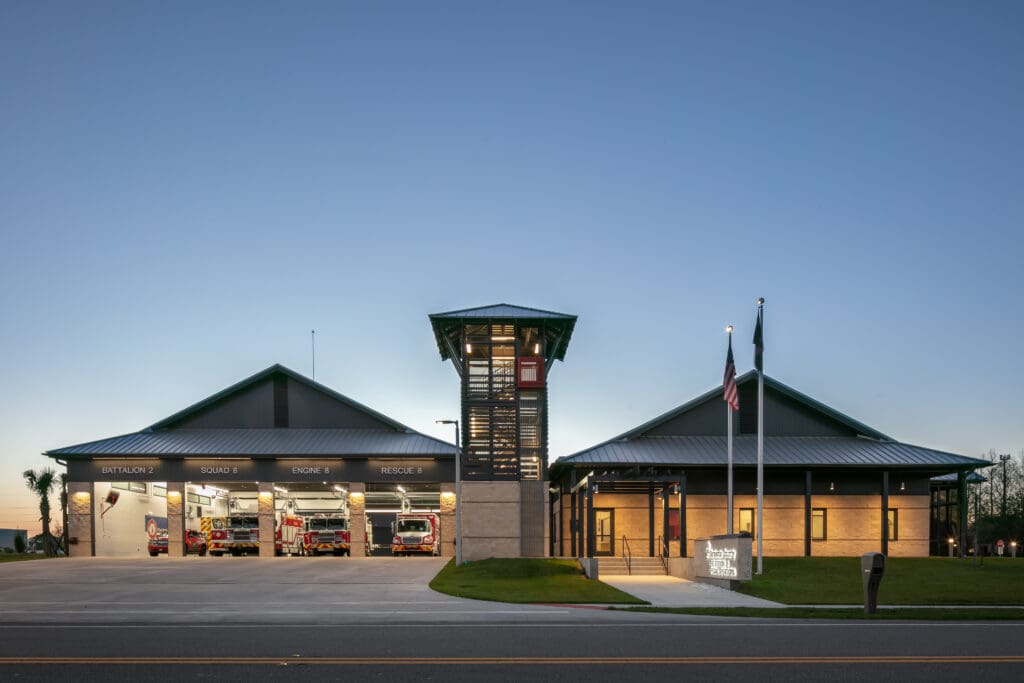Newsletters
Press features
Press Releases
White papers
CASE STUDIES
CATEGORIES:
Awards
More Than a Pretty Facade

Architecture is better lived in than gazed at. Architects know from the onset what the components are to design a structure that works and stands. What we don’t know at the beginning of the project– but strive to learn – are what will make the project stand for the people the building serves; the specific wants and needs of the people using that building or space.
SweetSparkman designer Cole Mears discusses this concept in our latest white paper,“Empathy in Architecture: Understanding the People in the Process,” making the case that the best designs result from sensibility and response to users’ feelings and experiences as seen from their point of view.
Though that might seem to be a widespread practice, it is not always the case in our profession. To this point, Cole provides some pretty extreme examples of buildings intended to be disorienting and discordant, in one case designed to reflect the architect’s desire to portray humanity’s collective angst.
As Cole notes, architecture is undoubtedly an art, but it’s also a great responsibility that carries with it the opportunity to enrich lives through the unity of beauty and utility. And, as shown in his examples of our work, it is a duty we at Sweet Sparkman take joy in fulfilling.
We encourage you to check out the white paper. It concludes with a guiding thought: Expertise and inspiration can make nice-looking spaces, but expertise, inspiration, and empathy are what make spaces that improve and enhance lives.
Read the full “Empathy in Architecture: Understanding The People In The Process” White Paper here.
Made by Hello June Creative.
Ⓒ Sweet Sparkman Architecture & Interiors 2025, All Rights Reserved. License: AR0015832